On World Water Day, a Case for Public Lands Protections
Photos show sources of clean water, and the extent of their benefits
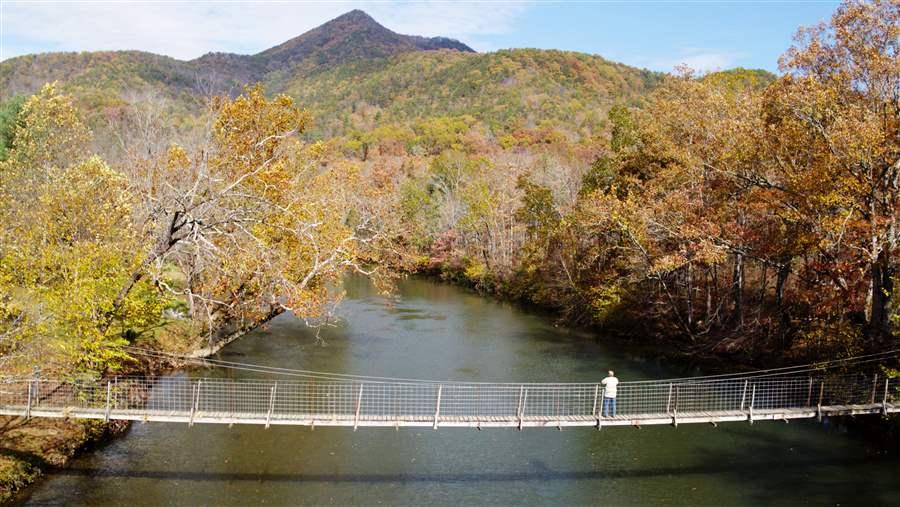
The Cowpasture River, a tributary of the James River, flows just outside Virginia’s Rough Mountain Wilderness. Congress is considering a bill to expand the wilderness, a move that would protect numerous streams that feed into the Cowpasture.
The Pew Charitable Trusts
Because it is impossible to overstate the importance of water—and of clean sources of water—caring for those sources should be a priority across the planet. And yet in many places, that isn’t the case.
Today, on World Water Day, The Pew Charitable Trusts highlights eight places across the U.S. where policymakers have golden opportunities to protect sources of clean water by safeguarding wilderness, national monuments, or conservation areas. Good management of public lands will help ensure that communities across the nation have access to clean drinking water.
Río Grande del Norte National Monument (New Mexico)
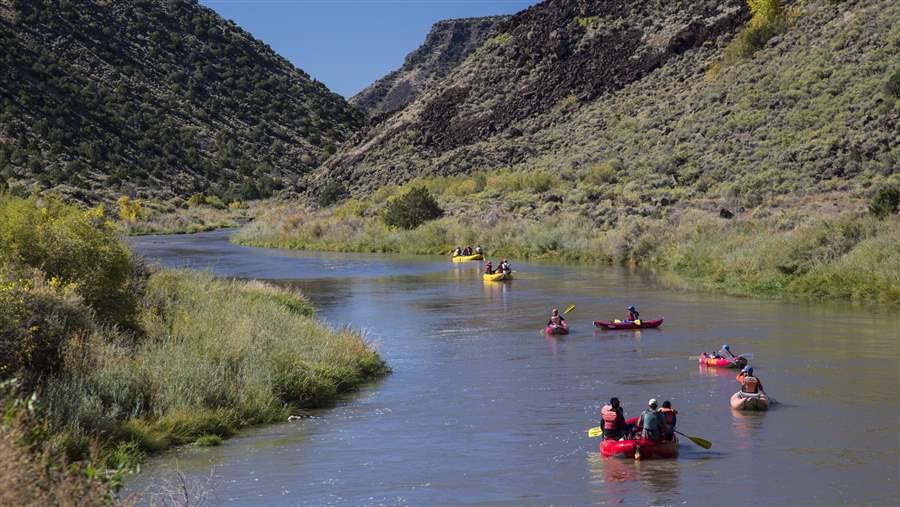
The Rio Grande Wild and Scenic River, which carves through an 800-foot-deep gorge in this national monument, is a key economic driver for the region, attracting rafters, hikers, anglers, and other visitors to northern New Mexico. It also sustains wildlife and protects irrigation and acequias in New Mexico. The Cerros del Norte Conservation Act (S. 432), introduced in the U.S. Senate in 2017, would further protect this resource for generations to come.
Bureau of Land Management
Steamboat Creek Watershed (Oregon)
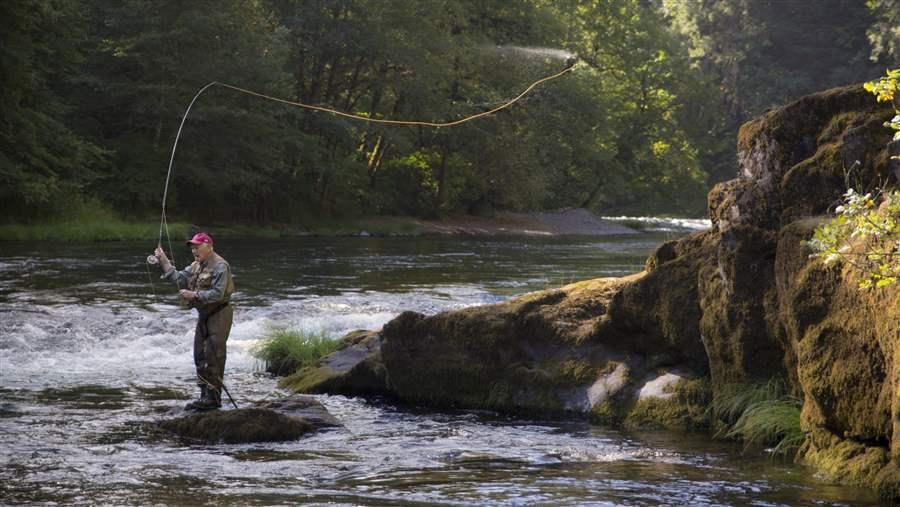
Tucked in the verdant Umpqua National Forest on the western slopes of the Cascade Mountains in southwestern Oregon, this scenic area draws anglers, hikers, boaters, and others. The Frank and Jeanne Moore Wild Steelhead Special Management Area Designation Act, introduced in the House and Senate, would safeguard 100,000 acres of land and water that provide critical wildlife habitat, world-class fishing, and clean drinking water to local communities. The legislation honors Frank Moore, a World War II veteran, and Jeanne Moore, his wife of over 70 years, both of whom worked tirelessly to protect this key watershed.
John Waller
Cascade-Siskiyou National Monument (Oregon and California)
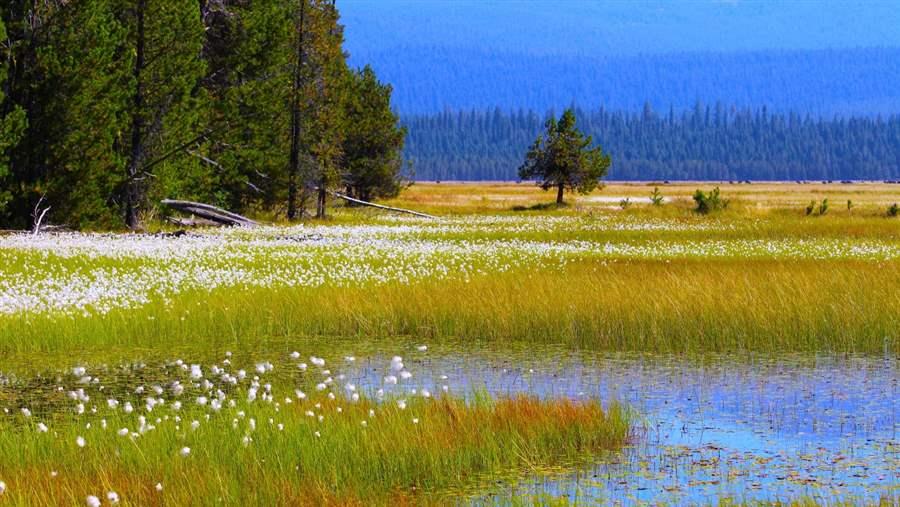
Cascade-Siskiyou is the only national monument explicitly designated to protect an area of outstanding biological diversity. The high-altitude lodgepole pine swamp pictured here supports numerous sensitive species of sedge, a grasslike plant, and a wide variety of wildlife, including mule deer, gray wolves, Roosevelt elk, and other species. . The national monument was expanded by President Barack Obama but is now under review by the Trump administration.
Alec Bryan/Bureau of Land Management
Cherokee National Forest (Tennessee)
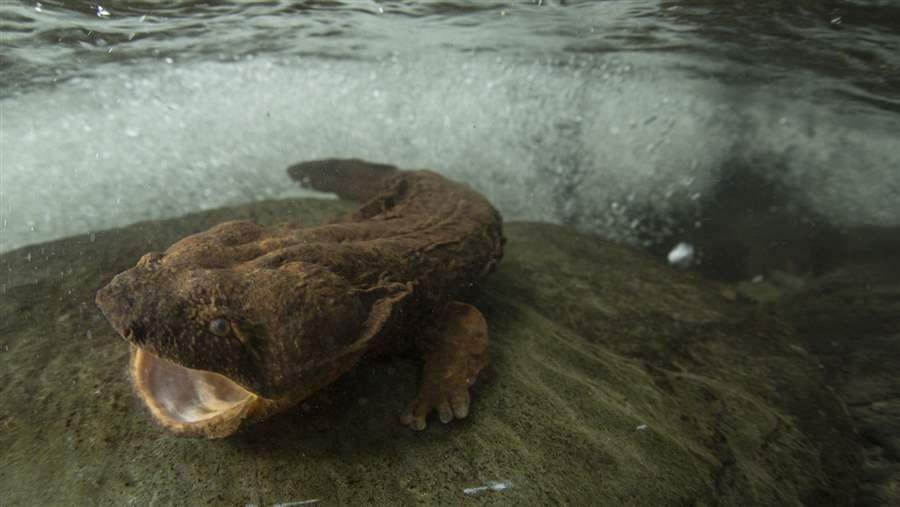
Like you and me, the Eastern hellbender salamander needs clean water to survive. Unlike you and me, this amphibian doesn’t have access to filtered water. The Tennessee Wilderness Act (S. 973/H.R. 2218) would protect as wilderness roughly 20,000 acres of the Cherokee National Forest, which includes the headwaters of the Bald River, prime hellbender habitat. That river ultimately feeds into the Tennessee River, which in turn provides clean drinking water to Chattanooga.
U.S. Department of Agriculture
Continental Divide (Colorado)
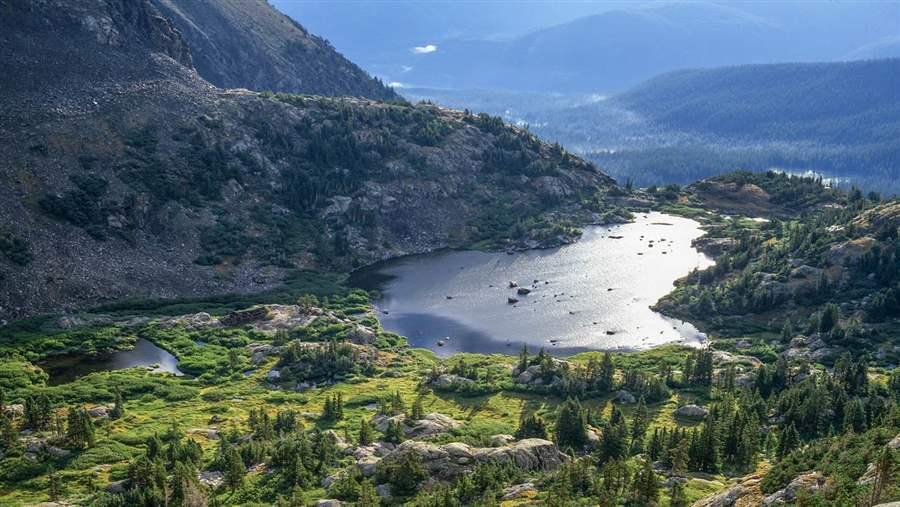
High in the Colorado Rockies, the Continental Divide bisects the state, an invisible line that determines whether rain and snow will flow west or east. Much of it will flow into the area’s numerous alpine lakes, pristine rivers and streams, and waterfalls, all of which merit strong protection. The Continental Divide Recreation, Wilderness, and Camp Hale Legacy Act (S. 2337/H.R. 4883) would protect key watersheds, safeguarding drinking water for communities along Colorado’s Front Range, along with stunning vistas and recreation areas.
John Fielder
Katahdin Woods and Waters National Monument (Maine)
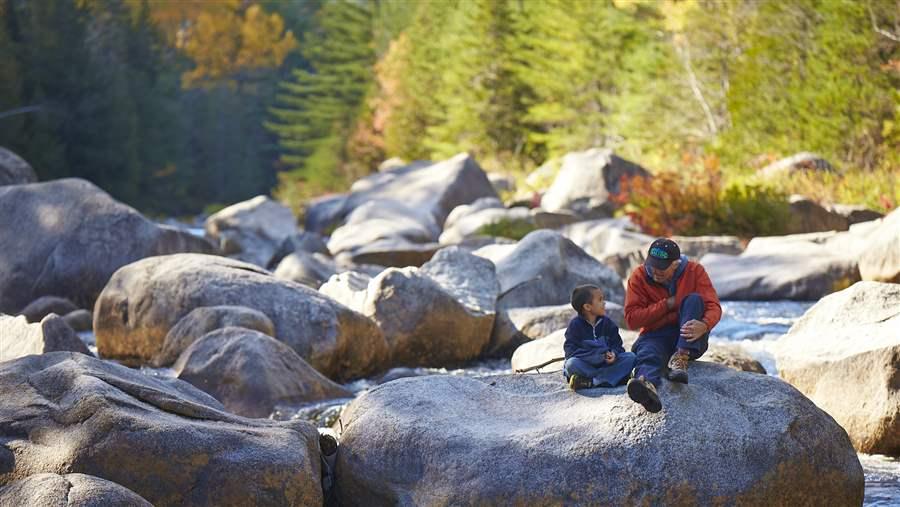
The Katahdin Woods and Waters National Monument is an outdoor recreation haven where people come to canoe, mountain bike, hunt and fish, cross-country ski, snowshoe, and snowmobile. Water defines this spectacular place, with a branch of the Penobscot River running through its core and the rushing Orin Falls a favorite among anglers. Like Cascade-Siskiyou National Monument, this Maine gem is under review by the Trump administration.
Scot Miller
Wild Olympics (Washington)
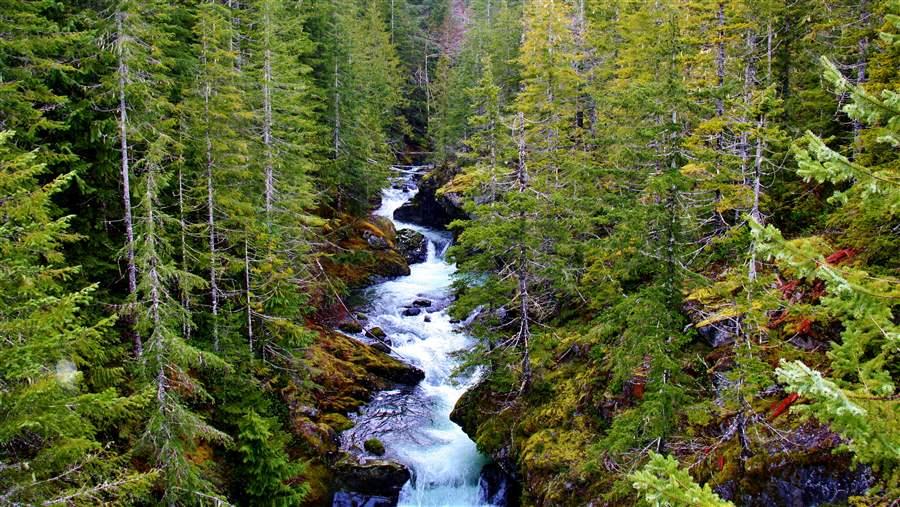
The Olympic Peninsula is known for its free-flowing rivers, 19 of which would be protected by the Wild Olympics Wilderness and Wild and Scenic Rivers Act (S. 1510/H.R. 2665), which is pending in Congress. These rivers and tributaries are home to some of the most robust runs of wild salmon and steelhead in the Northwest and are the lifeblood of Puget Sound, providing local communities with clean drinking water.
Douglas Scott
John Gilroy directs The Pew Charitable Trusts’ U.S. public lands program


America’s Overdose Crisis
Sign up for our five-email course explaining the overdose crisis in America, the state of treatment access, and ways to improve care
Sign up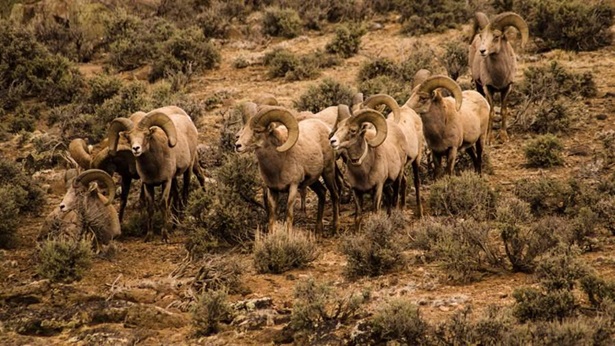
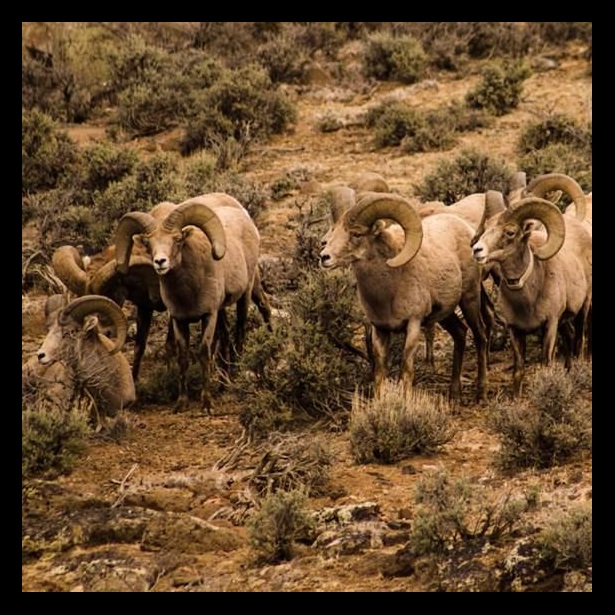
5 Reasons to Protect Cerro del Yuta and Río San Antonio
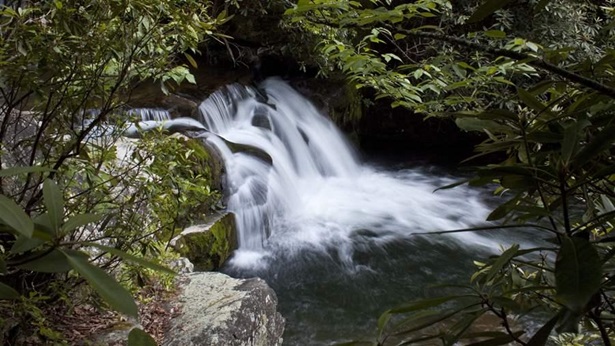
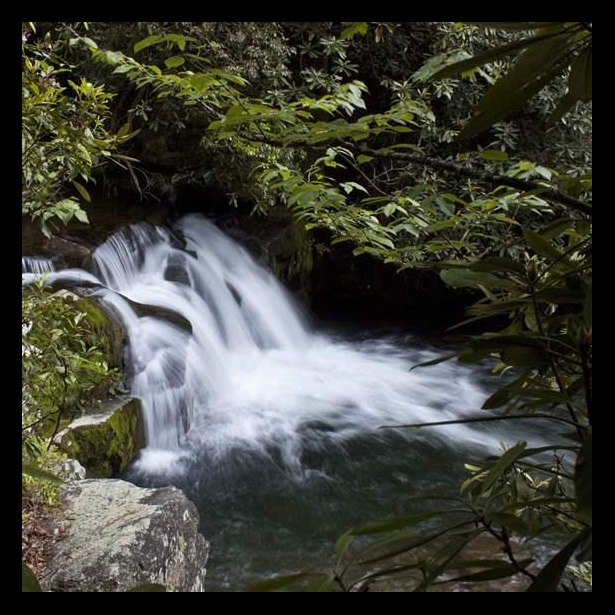
Tennessee Wilderness Act Will Safeguard Lands
State’s top Republicans push bill to boost protections within Cherokee National Forest
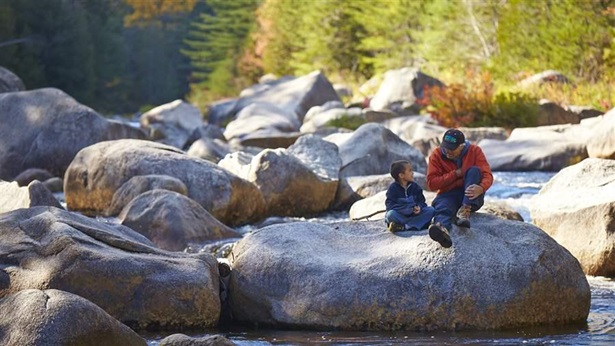
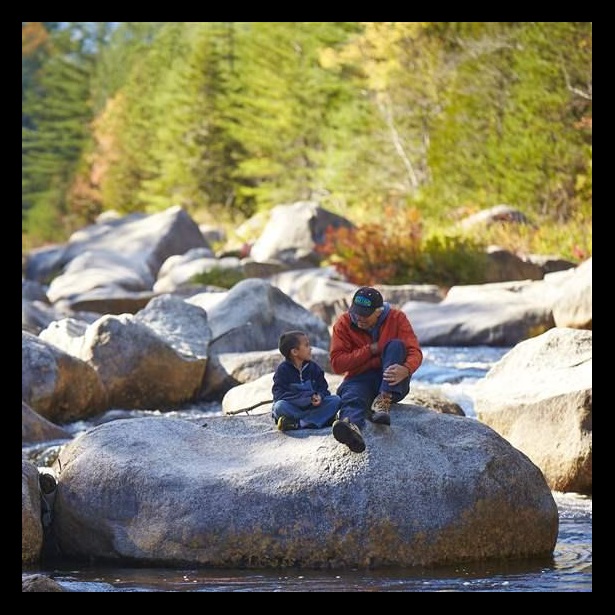
Maine’s National Monument Shows Value
Evidence shows value of Katahdin as President Trump starts review of public lands and waters
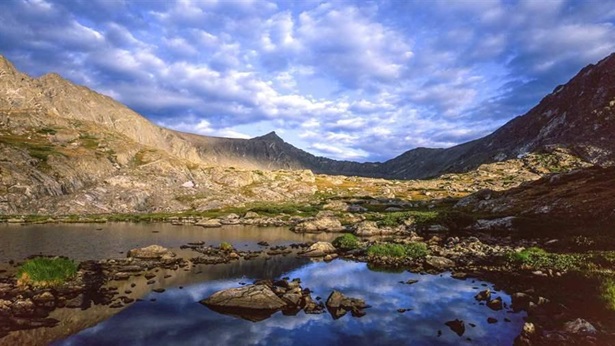
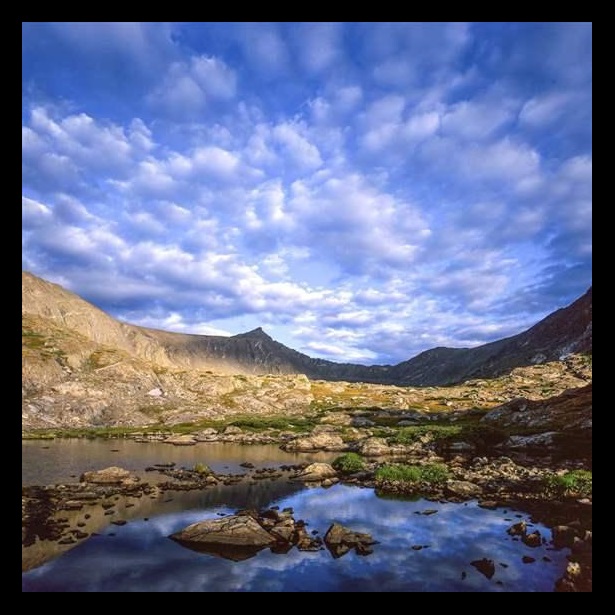
Bill Would Protect Colorado Wilderness
Introduction coincides with expo for outdoor retailers, which depend on public lands










